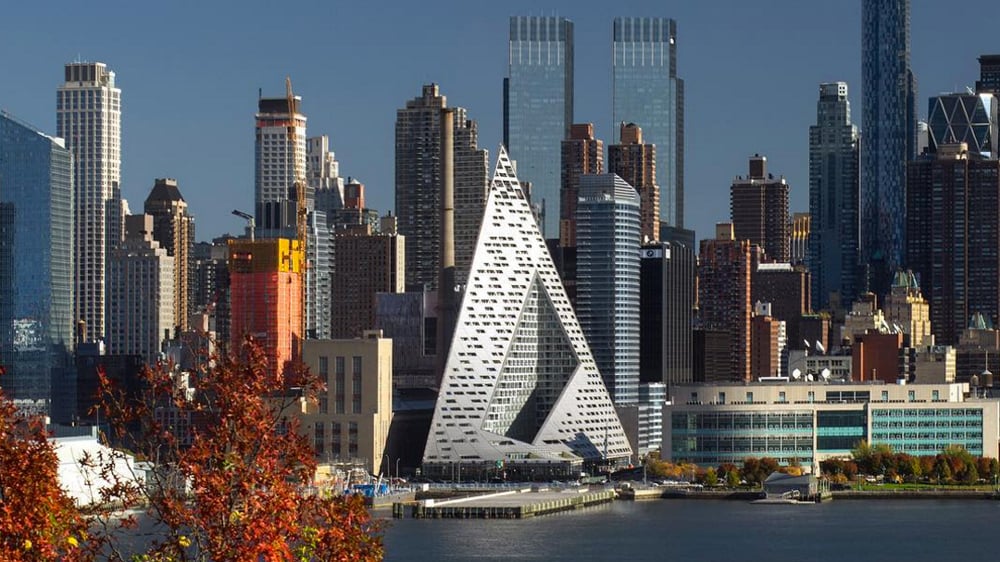When you take tours in European cities with professional tour guides, history will probably be the topic the guide will discuss the most. But something you will hear a great deal of the historical New York architects. Tragically, so much of it was destroyed by war, especially during the bombings during World War II. Many of the city centers were literally wiped out, and with a few exceptions (Paris being one), so you will see these architectural wonders alongside of a block of sixty year old buildings that were obviously thrown up in a hurry.
But when you do see one of these architectural marvels, your tour guide will say it is “early Gothic” or “Baroque”, as if you should know what that is. So here we will try to give a very quick overview of some of the architecture types you may see, and what eras they were from.
1. Romanesque (500-1200 AD). You will see this type of architecture in France, and to a lesser amount in Germany and other countries. Meaning “descended from Roman”, it reflects simplicity compared to the next wave of Gothic. This was a period of great castle-building, but the style will be seen more frequently in the churches of this era.
2. Gothic Architecture (1100-1450 AD). Started in France and originally called the French Style, as new ways of construction allowed them to build pointed arches, ribbed vaulting supported by columns, flying buttresses, stained glass windows and very elaborate sculptures. When styles changed and the French Style fell out of favor, it came to be derisively known as “Gothic” after the Germanic (Goth) barbarians, which of course was untrue.
3. Renaissance Architecture (1400-1600 AD). Renaissance in French means born anew, as opposed to the asymmetrical Gothic, this was a return to the symmetrical and proportioned buildings that are Classical Greece and Rome. Look for classical columns and arches, with domes and niches that will contain sculptures.
4. Baroque (1600-1830). In Italian barocco means “bizarre”, and this style is marked with extravagance. Europe during this time was becoming much wealthier, and it shows in this architecture, highlighted by huge domes, huge spiraled columns, marble of multiple colors, and large murals. There will be variations of this in Italy, France, Great Britain and Spain.
5. Rococo (1650-1790). This came on as a variation of the Baroque Era, with some exceptions. Adopted as a softer version of Baroque, it will have more pale colors and more delicate curves. You will more likely see this in central and eastern Europe in countries such as Germany, Austria and Russia, to name a few.
6. Georgian Architecture (1720-1800). Originating in Great Britain and Ireland, this is characterized by its square, symmetrical shape inspired by Greek Classical architecture. This style is found in large, stately homes as greater wealth was accumulated among the upper classes. In America, this style became the rage in the American colonies.
7. Victorian Architecture (1840-1900). Seen in the British Isles and it isn’t surprising that the dominant architecture of this period would come out of one of the centers of world trade, and also of great wealth. Due to the Industrial Revolution, they were able to use new materials and technologies to form an eclectic blend of architectures that are prominent still in Great Britain and America.
This is obviously just a brief overview of a very broad, but interesting subject. There is so much more to learn about this subject, but hopefully you will have something to relate to when your tour guide points up the architectural type of building they point out.

